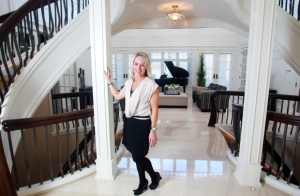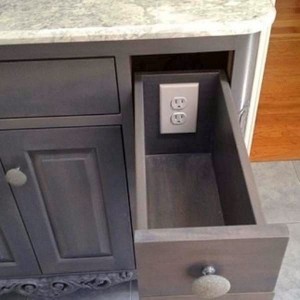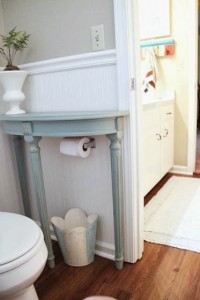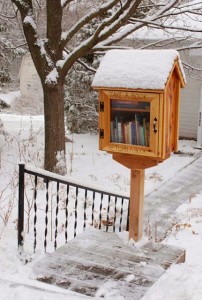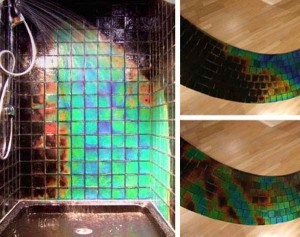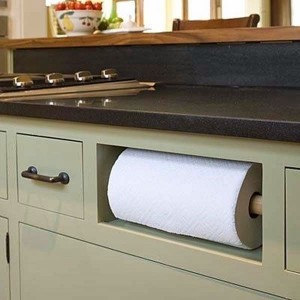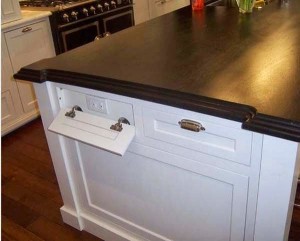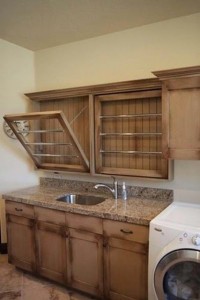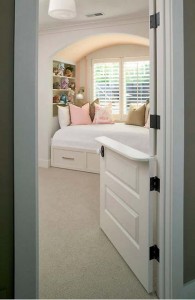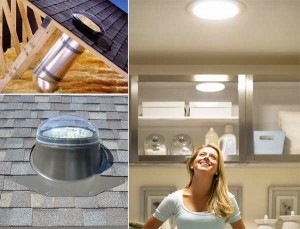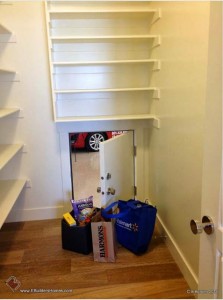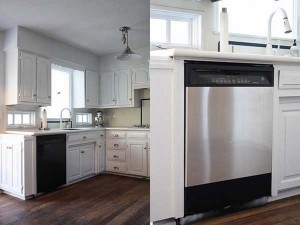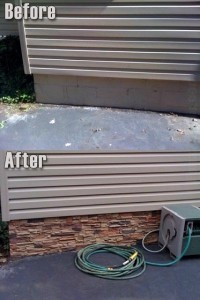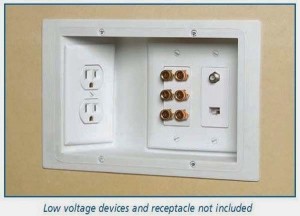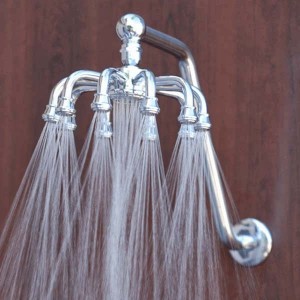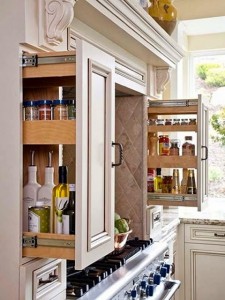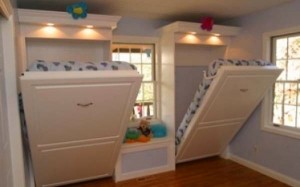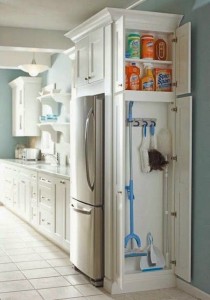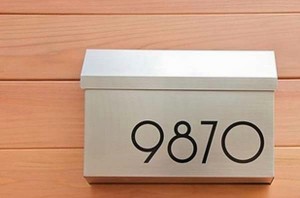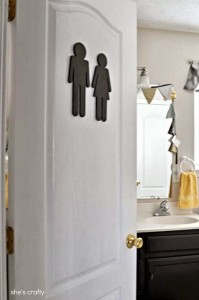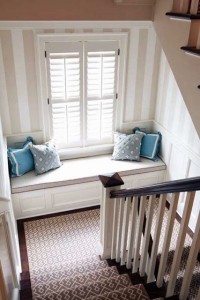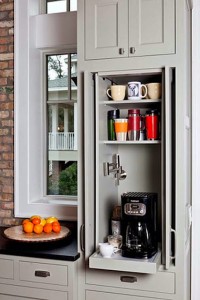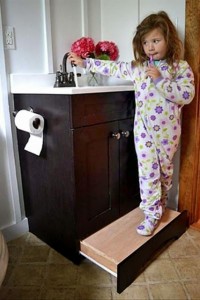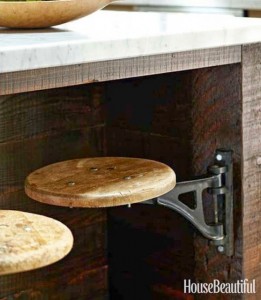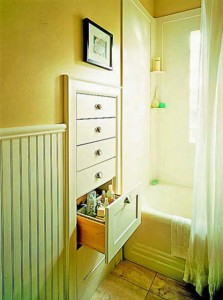Source: Calgary Herald
Homeowners in Alberta who live in floodplains can now insure their losses from overland waters with one of the province’s largest property insurers.
Using new software that maps the risk of inundation down to the individual property level, the Co-operators said this week it is now able to price a comprehensive water damage product for those who live near a river as well as homeowners on a hill.
The additional coverage will add about another $100 a year to the annual premium for a policy that covers a two-storey structure with a finished basement and a replacement cost of about $400,000 and contents in the lowest risk areas.
For clients at extreme risk in a floodplain where the probability of flooding is greater than 5 per cent in any given year, an additional annual premium of $5,000 will buy them combined contents and building coverage of up to $150,000 in the event of high waters.
“This is about providing a product to people who need and want to buy protection, but it’s also about pricing the risk of living next to a river,” said Rob Wessling, company vice-president for product development.
“About 99 per cent of homeowners will be eligible to purchase this coverage.”
In the wake of the 2013 floods in southern Alberta, there was widespread confusion and anger amongst many homeowners when they realized the water endorsements on their policies covered them for damage from sewer backup but not overland flooding.
In the four days since the product has become available, Wessling said about 80 existing or new clients have purchased coverage.
Co-operators is not the first, nor it is likely to be the last insurer to begin offering protection from flooding to residential policyholders.
Aviva Canada also began offering an overland water endorsement this month that covers losses from the accumulation or runoff of surface waters to customers in Alberta and Ontario who already have sewer backup coverage.
Company spokeswoman Alison Steele said in a statement that flood mapping technology allows brokers to place homeowners in one of 15 zones and price their coverage based on how likely they are to be inundated.
“We do not offer coverage to customers in the very high risk zones between 13 and 15, which generally means they live in an area that is highly prone to flooding,” Steele said.
RSA Canada said in a statement Friday that it will also launch a similar product soon.
“We are developing a more comprehensive water damage solution for home insurance customers than the current market offerings,” said Kellee Irwin, the company’s western regional vice president.
“We have been closely analyzing the costs, exposures of such an offering and the related customer need for an affordable, more easily understood product.”
Canada is the only G8 nation where flood insurance is not available to homeowners. Instead, federal and provincial taxpayers have covered much of the mounting bill from weather events in recent decades through disaster assistance payments.
“There are limitations because it’s not a replacement cost program,” said Chris Ross, Alberta region vice-president with Co-operators.
“It’s meant to put you back on your feet, not make you whole.”
A 2010 study by the Institute for Catastrophic Loss Reduction identified the need for flood insurance in Canada, but said inadequate and outdated mapping plus inconsistent rules on development in vulnerable areas of some provinces were an obstacle.
“Flood insurance has many advantages over government relief programs,” the study said.
“Risk-based premiums and deductibles can provide incentives to encourage actions to reduce flood risk.”
While Alberta has passed new legislation to restrict development in flood-prone areas, the government has yet to finalize regulations.
The law also exempts communities like Drumheller and Fort McMurray where maps show much of the downtown would become part of a flowing river in a flood with a one per cent probability.
In the wake of the 2013 floods, Alberta restricted affected homeowners in floodplains from making disaster assistance claims in future disasters.
But the province balked at putting that information on land titles so purchasers of properties would be aware they would not be eligible for another government bailout if they were inundated again.
Are you ready to put Don’s 35 years of business and sales experience to work for you? Simply click on the appropriate red button below:

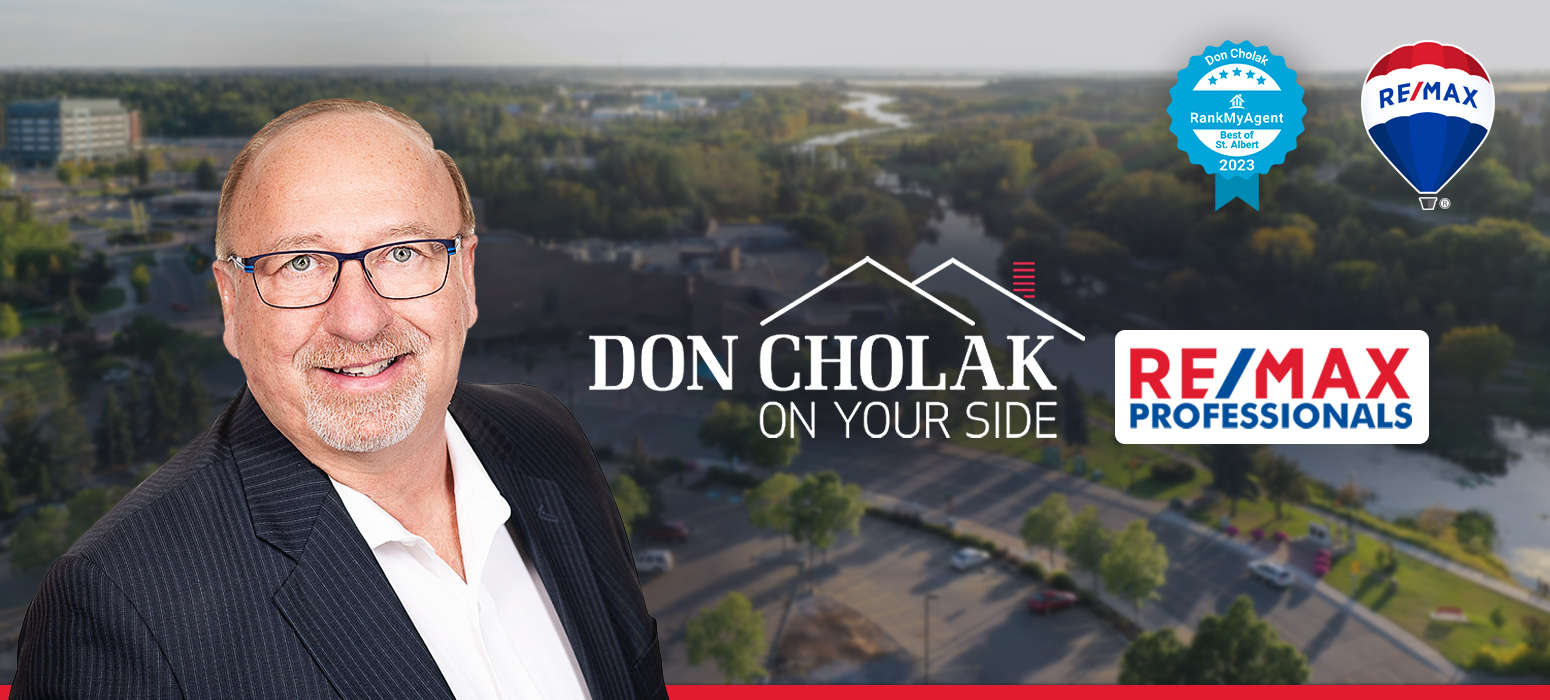













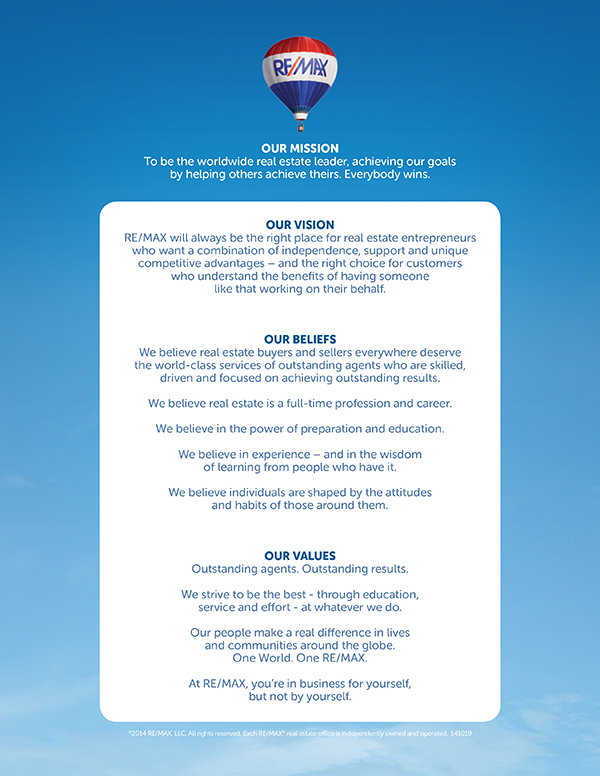
 If you have clients who are dreaming of a true western experience (down to horseback riding through the desert) who want the glamour of an authentic southwest-style home in a rugged and diverse landscape, yet want the option of being waited on hand and foot, you might want to tell them about a place you know in Arizona.
If you have clients who are dreaming of a true western experience (down to horseback riding through the desert) who want the glamour of an authentic southwest-style home in a rugged and diverse landscape, yet want the option of being waited on hand and foot, you might want to tell them about a place you know in Arizona.